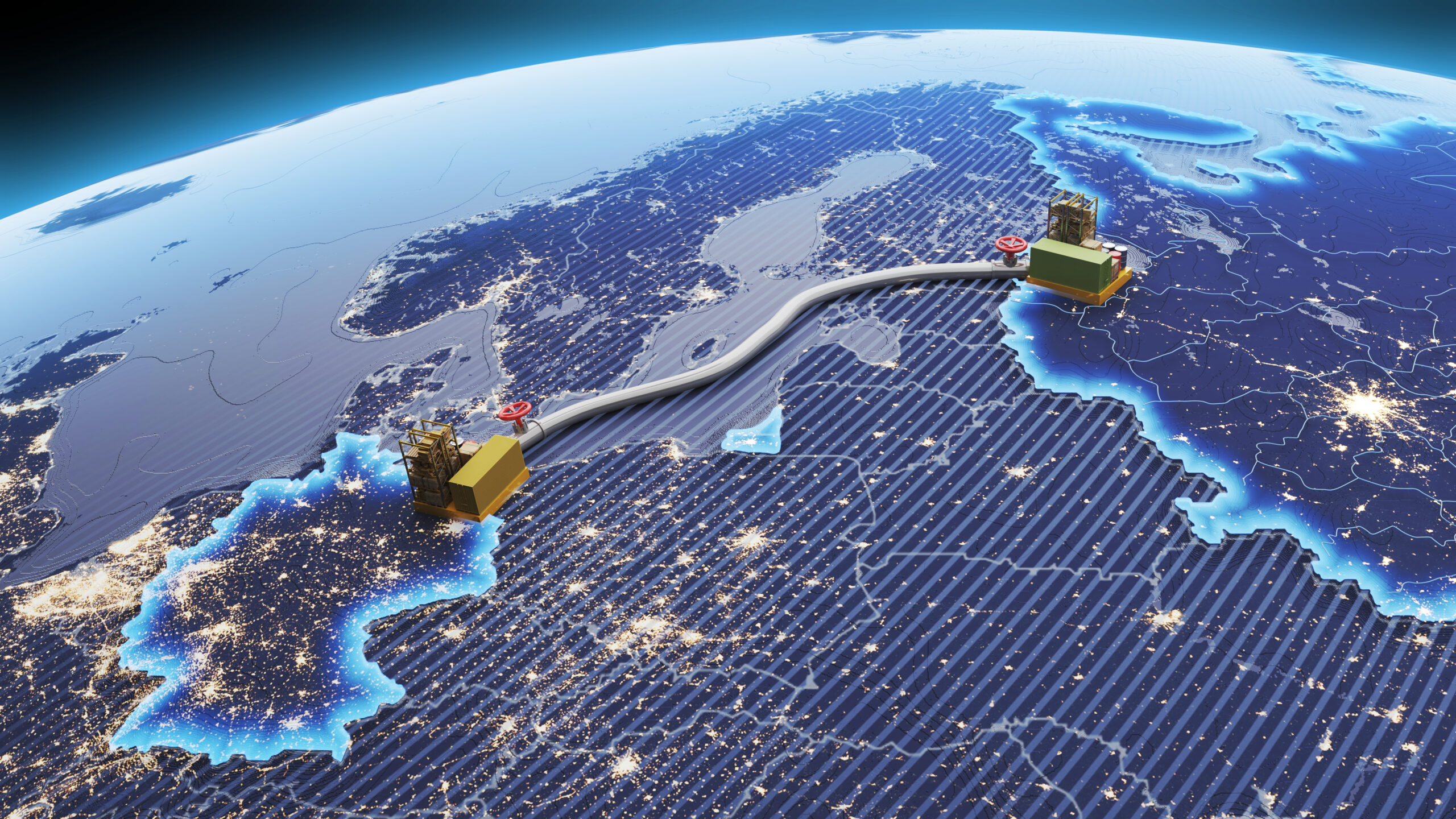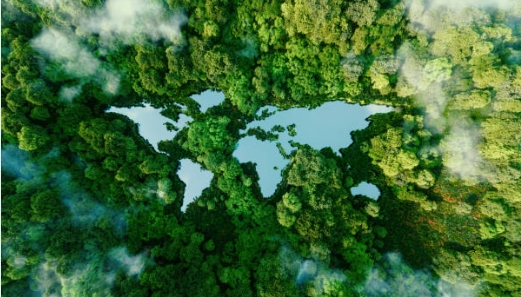
CCS on the west coast of the EU: TotalEnergies steps up, TATA Steel pulls out
Green light to realise the EU’s first fullscale CCS project Today, Porthos is the hub that is closest to receiving the investment green light to realise the EU’s first fullscale CCS project, which will have a primary focus on the capture of CO2 from existing hydrogen production. An investment decision may arrive as early as …


